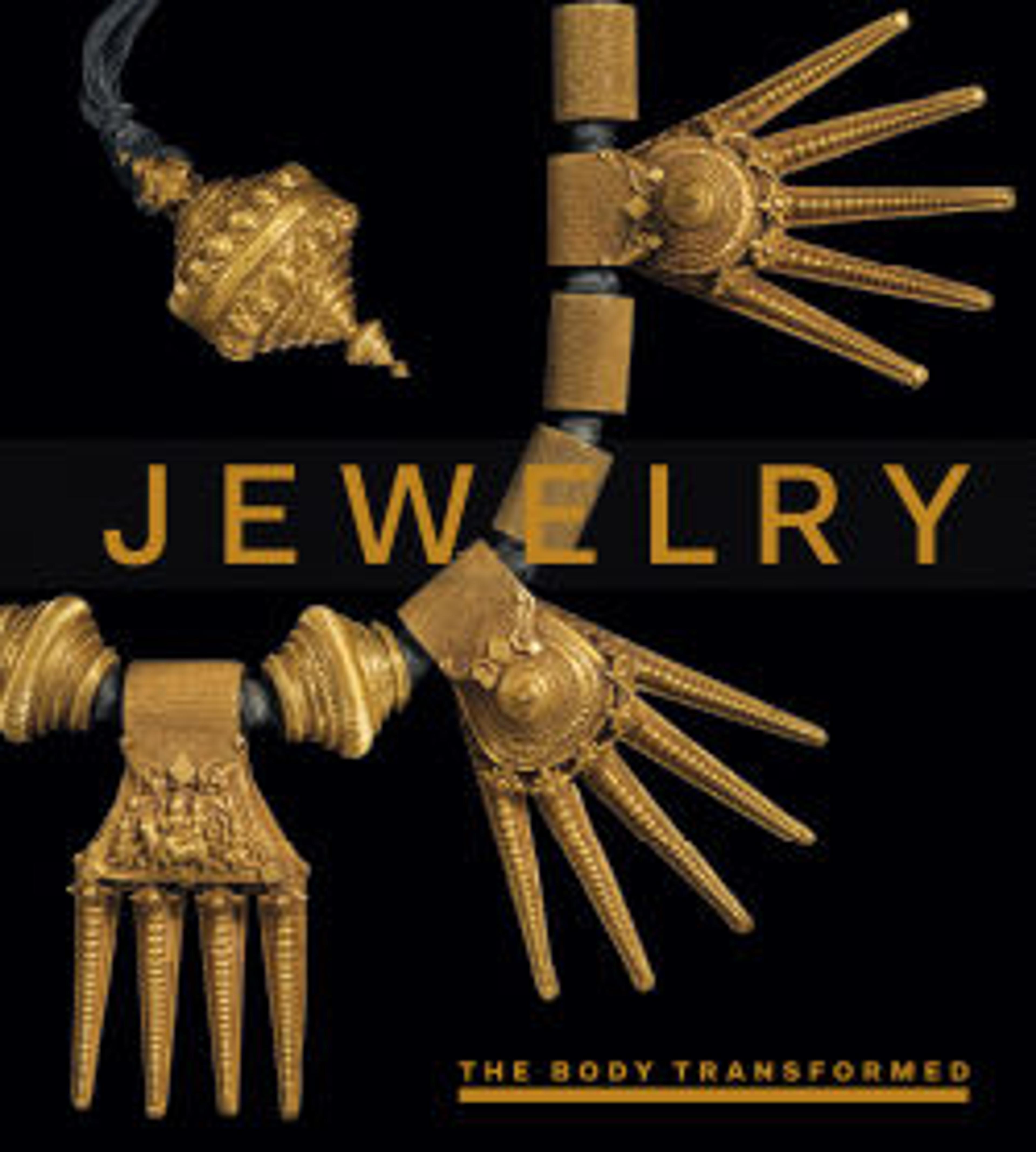Belt clasp
In the late second millennium B.C., the tradition of lively animal-ornamented bronzes begins in the Caucasus region. Stylized animals with small waists, arched necks and backs are seen on numerous bronze tools including axes and pins, and are found in Georgia, Armenia, Azerbaijan, and the Northern Caucasus by the beginning of the Late Bronze and Early Iron ages.
Cast-bronze belt clasps similar to this one have been excavated in the Republic of Georgia and are a distinctive product of that region in the first few centuries A.D. This square example features a highly stylized stag, with exaggerated haunches marked by incised concentric circles. The animal is attacked both from below and in the face by birds. The S-shaped spirals complete the central openwork design, with a stylized horned animal head above the back of the stag. A herringbone-patterned border frames the scene with raised rounded knobs at the corners.
The function of this object as a belt clasp is surmised from the loop and short tongue at the back.
Cast-bronze belt clasps similar to this one have been excavated in the Republic of Georgia and are a distinctive product of that region in the first few centuries A.D. This square example features a highly stylized stag, with exaggerated haunches marked by incised concentric circles. The animal is attacked both from below and in the face by birds. The S-shaped spirals complete the central openwork design, with a stylized horned animal head above the back of the stag. A herringbone-patterned border frames the scene with raised rounded knobs at the corners.
The function of this object as a belt clasp is surmised from the loop and short tongue at the back.
Artwork Details
- Title: Belt clasp
- Date: ca. 1st–2nd century CE
- Geography: Transcaucasia
- Medium: Bronze
- Dimensions: 4 3/16 × 4 1/8 × 13/16 in. (10.7 × 10.5 × 2.1 cm)
- Credit Line: Rogers Fund, 1921
- Object Number: 21.166.5
- Curatorial Department: Ancient West Asian Art
More Artwork
Research Resources
The Met provides unparalleled resources for research and welcomes an international community of students and scholars. The Met's Open Access API is where creators and researchers can connect to the The Met collection. Open Access data and public domain images are available for unrestricted commercial and noncommercial use without permission or fee.
To request images under copyright and other restrictions, please use this Image Request form.
Feedback
We continue to research and examine historical and cultural context for objects in The Met collection. If you have comments or questions about this object record, please contact us using the form below. The Museum looks forward to receiving your comments.
